The International Garden Festival reveals projects for its 24th edition
By Nathaniel Bahadursingh|
Tuesday, Jan 31, 2023
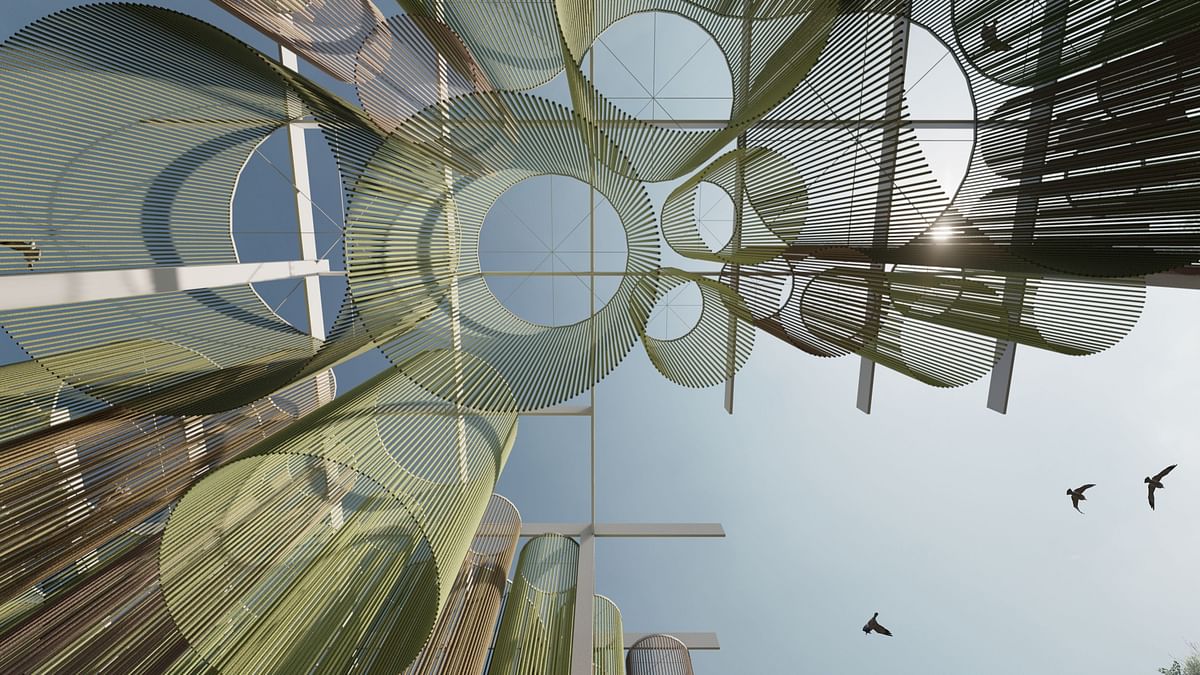
Related
The International Garden Festival has unveiled the five projects selected for its 24th edition. Under the theme “Roots,” designers were tasked with imagining a present and a future that is ecologically, economically, and culturally responsible by drawing on the teachings of previous generations. The showcase will run from June 24th to October 1st, 2023.
This year's Festival received 134 project submissions by designers across 32 countries. View the five selected garden designs below.
Le jardin des quatre colonnes by Vincent Dumay and Baptiste Wullschleger (Sweden / France)
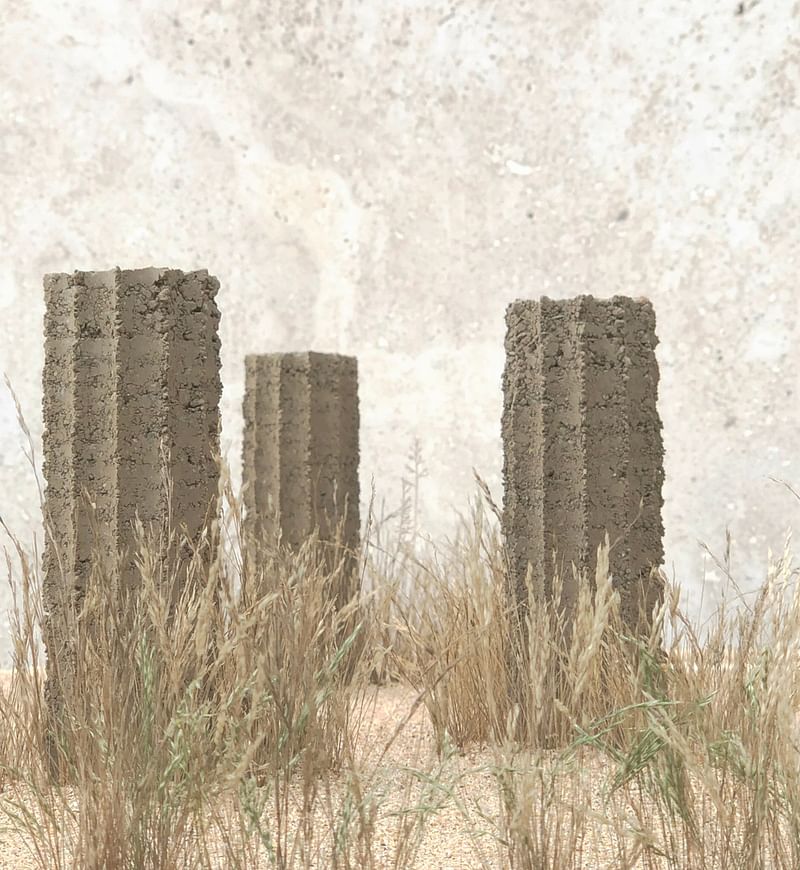
Project summary: "With a project that is both poetic and a manifesto, we hope that the public will discover solutions for a more desirable and virtuous future. The intent is to raise awareness of the question of the finite character of our resources. Le jardin des quatre colonnes is an experience that unfolds through time, where elements built with raw earth within a living environment will evolve freely over the years. Adobe construction is a technique that consists in compacting soil mixed with moisture in successive layers inside a casing – it makes visible what normally lies hidden beneath our feet. The fluted boles are built using a tubular casing which gives them their specific shape, evoking Doric columns."
Maillage byFriche Atelier: Frédérique Allard, Jean-Jacques Yervant and Aliénor de Montalivet (Québec, Canada)
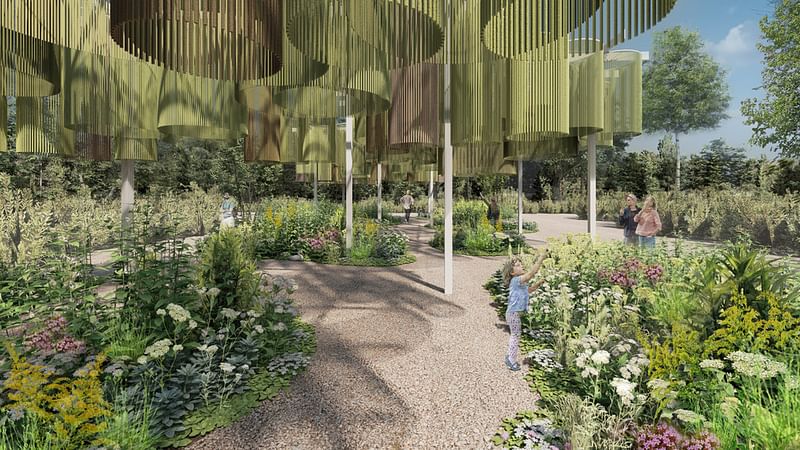
Project summary: "The use of plants is at the heart of the development of our civilizations. Whether for nourishment, protection, healing, or clothing, their multiple applications have allowed populations to survive and prosper. The dyeing properties of plants have been known since Antiquity, and their use as a coloring agent for plant and animal fibers reflects millennium-old know-how, exploiting the different parts of a plant (leaves, roots, flowers, fruits…).Maillageexplores the relation between two worlds, that of the textile and that of the vegetal, on a metaphorical level."
matière-matière by Studio Haricot: Marie-Pier Caron-Desrochers, Tristan Morissette, Rose-Marie Guévin and Vincent Ouellet (Québec, Canada)
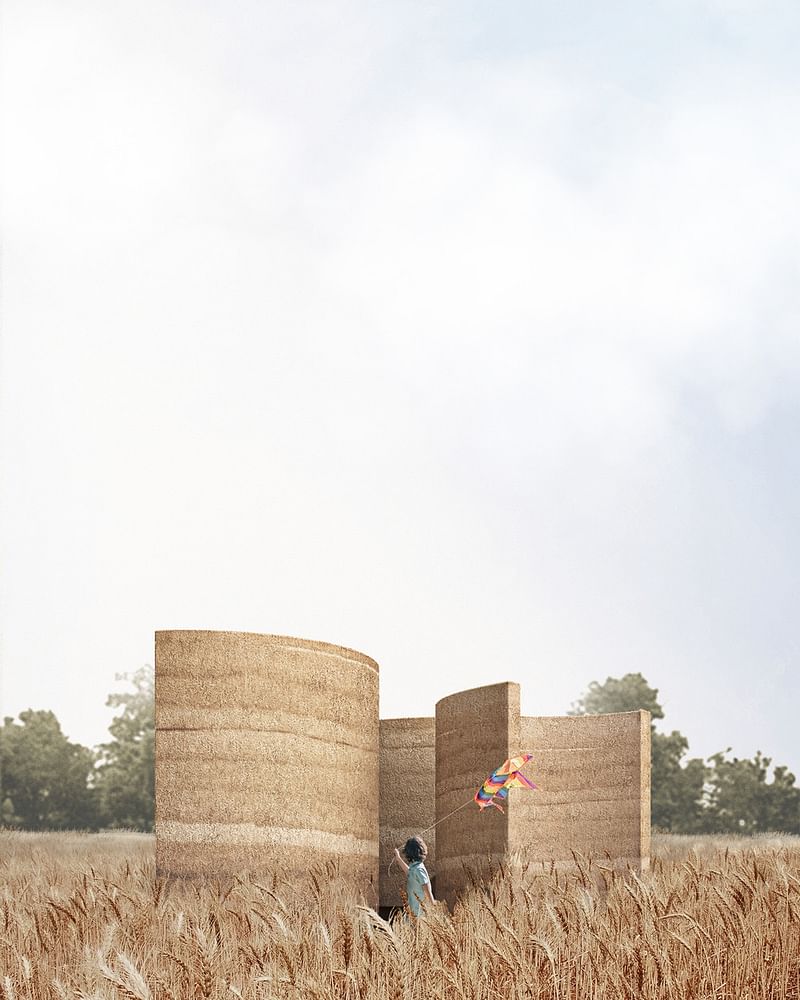
Project summary: "matière-matièreis the intrinsic experience of a tone-on-tone relation (texture upon texture, colour upon colour): volumes emerge like fruits from the site as extensions of the vegetation. Three walls bend, converge, and project themselves, dilating and contracting. The project is an invitation to tactilely feel one’s way through a materiality stripped bare, inside moments of uncanny encounters. This structure of hemp concrete, deposited in the context of a patch of wheat and a carpet of mulch, offers a parallel between the possible transformations of vegetal fibres up to the materialization of the proposed spaces."
Racines de mer by Cassandra Ducharme-Martin and Gabriel Demeule (Québec, Canada)
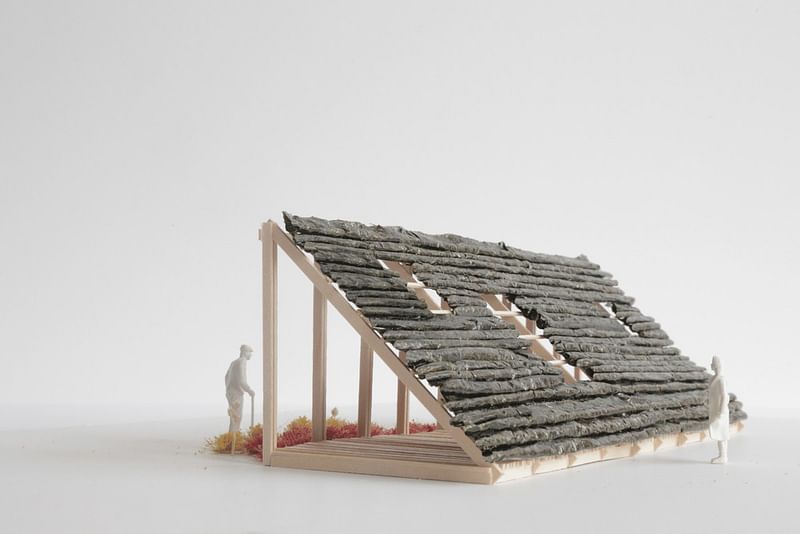
Project summary: "In a climate similar to ours, on the island of Læsø in Denmark, women built the roofs of their houses with the help of a marine plant called eelgrass. Due to the waterproof and fireproof properties of these marine plants that are harvested on beaches, these roofs have resisted the ravages of time for more than three hundred years. Racines de merproposes a reflection on the built environment of the future. It offers the visitor the possibility of discovering Quebec’s territory and traditional skills. On the one hand, the light wooden frame left uncovered, celebrates the elegance of this method of construction, a system omnipresent in North America. On the other hand, its roof made of algae, inspired by those of the island of Læsø, exploits the riches of the St. Lawrence River and reveals its dormant potential."
S'Y RETROUVER by Jinny Yu, Ki Jun Kim and Frédéric Pitre (Germany / Canada, Ontario + Québec)
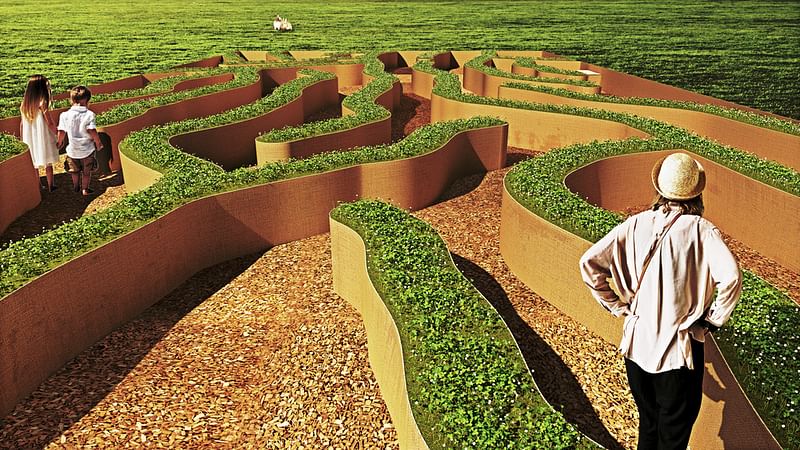
Project summary: "Visitors are invited to enter a submerged maze: a puzzle with various possible routes and dead ends meant to confuse and challenge those who explore. At the same time, the top of the wall of the trenches, which is at ground level, allows for the possibility of deciphering the pathway with an overall view of the route before entering. Upon entering the subterranean world, visitors reach the first level of the substratum of the root system, where they can walk around a network composed of earth and white clover, representing the pattern of the roots of two trees linked by fungal mycelium. The white clover, like older and more recent settlers, came from Europe and took root spreading across the North American continent and interacting with the ecology of the native soil. S’y retrouver invites visitors to slow down and reflect both on the root system and post-colonialism."
The jury also awarded special mentions to Divine nature by Bernard-Félix Chénier, Hugo Duguay, Nathaniel Proulx Joanisse, Karl Robert and Justine Valois, and to Edwidge by Ariane Ouellet-Pelletier and Thomas O. St-Pierre.
Learn more about this year's winning projects here.

RELATED NEWS These five new landscape art installations are now on display at the 23rd International Garden Festival


Share
0 Comments
Comment as :